What It Takes to Build a Road That Lasts 20+ Years
A well-built road isn’t just about pouring asphalt—it’s about careful planning, the right materials, and expert workmanship. Roads that last 20+ years don’t happen by accident; they are the result of strict quality control and professional execution.
Many roads fail prematurely because of poor design, substandard materials, or inadequate maintenance. However, with the right approach, roads can be built to handle decades of heavy traffic while staying smooth, safe, and cost-effective to maintain.
In this guide, we break down the key factors that make a road last for decades.
The Planning Phase: Building a Solid Foundation
The first step to a long-lasting road is understanding the environment. Proper planning is more than just deciding where to lay the asphalt—it involves:
- Soil Analysis: Engineers must test the soil to determine its strength and stability. Weak or clay-heavy soils need additional treatment or reinforcement to prevent future sinking or cracking.
- Drainage Design: Water is one of the biggest enemies of road longevity. Without proper drainage, water seeps under the surface, causing cracks, potholes, and structural failure. Designing slopes, culverts, and proper water flow is crucial.
- Traffic Forecasting: Not all roads are built the same. A residential street carries much lighter traffic than a busy commercial road. Forecasting the volume and weight of vehicles helps determine the thickness of each layer.
At Total Surfacing, we follow proven engineering practices to ensure every project is built for durability, not just appearance. By taking the time to assess conditions before construction, we help clients avoid costly repairs years down the line.
Choosing the Right Materials for Durability
Material selection can make or break the lifespan of a road. High-quality materials may cost more initially, but they save money in the long run by reducing maintenance and repairs.
Best Materials for Long-Lasting Roads:
- Asphalt: Flexible, cost-effective, and easy to repair. Perfect for residential and commercial roads.
- Tarmac: Known for its smooth finish and weather resistance, making it ideal for driveways and urban roads.
- Concrete: Extremely durable and long-lasting but more expensive and less flexible. Best for highways or industrial areas.
- Rubberized Asphalt: A modern alternative made with recycled rubber. It resists cracking, reduces road noise, and handles heavy loads better than standard mixtures.
The right material depends on the road’s purpose, climate, and traffic volume. For example, rubberized asphalt is a great choice for busy urban areas where both durability and noise reduction matter.
Expert Construction Techniques Matter
Even with the best materials, poor construction techniques can ruin a road before it’s even finished. The secret to road longevity lies in compaction, layering, and temperature control.
- Proper Layer Compaction: Each layer of the road, from the sub-base to the asphalt surface, must be perfectly compacted. Air pockets or loose layers weaken the structure, causing cracks and potholes to form quickly.
- Correct Thickness & Layering: The thickness of each layer must be adjusted based on soil conditions and traffic forecasts. Heavier traffic requires thicker base and asphalt layers.
- Temperature Control During Asphalt Laying: Asphalt must be laid at the right temperature to ensure proper bonding and compaction. Too cold, and it won’t compact properly; too hot, and it may lead to premature cracking.
Our commercial surfacing contractors specialize in building roads for heavy commercial use. By applying these advanced techniques, we ensure roads remain safe, smooth, and reliable for decades.
Maintenance Is the Key to Long-Term Success
Even the strongest roads need regular maintenance. Preventive care can extend the life of a road by an additional 10–15 years, making it one of the most cost-effective investments.
Essential Maintenance Practices:
- Regular Inspections: Spotting small cracks early prevents them from expanding into potholes.
- Crack Sealing & Patching: Sealing cracks stops water from entering and damaging the base layer.
- Surface Resurfacing: Adding a new layer of asphalt every 8–10 years refreshes the surface and improves skid resistance.
- Proper Drainage Maintenance: Keeping drains clear of debris prevents water from pooling on the road surface.
Local authorities and business owners should view road maintenance as an investment, not an expense. Timely maintenance saves millions in emergency repairs and keeps roads safe for drivers.
The Takeaway: Quality Construction Pays for Itself
Building roads that last decades requires expert planning, premium materials, and professional contractors. Cutting corners may save money initially, but in the long run, quality construction pays for itself through reduced maintenance costs and longer service life.
At Total Surfacing, we believe that every project—whether it’s a small driveway or a busy commercial road—should be built with the same level of care and expertise. If you’re planning a road project, choosing the right team today could save you years of future headaches.



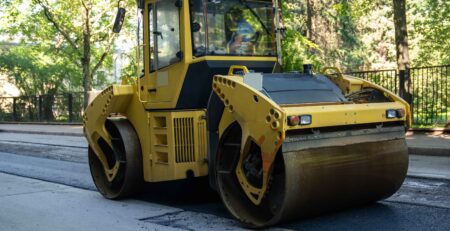
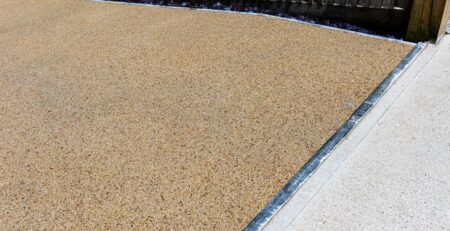

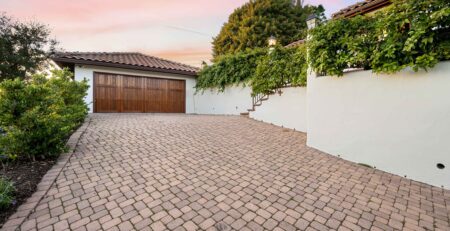
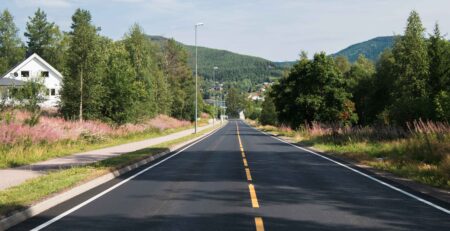
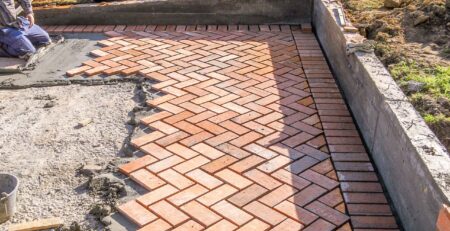
Leave a Reply